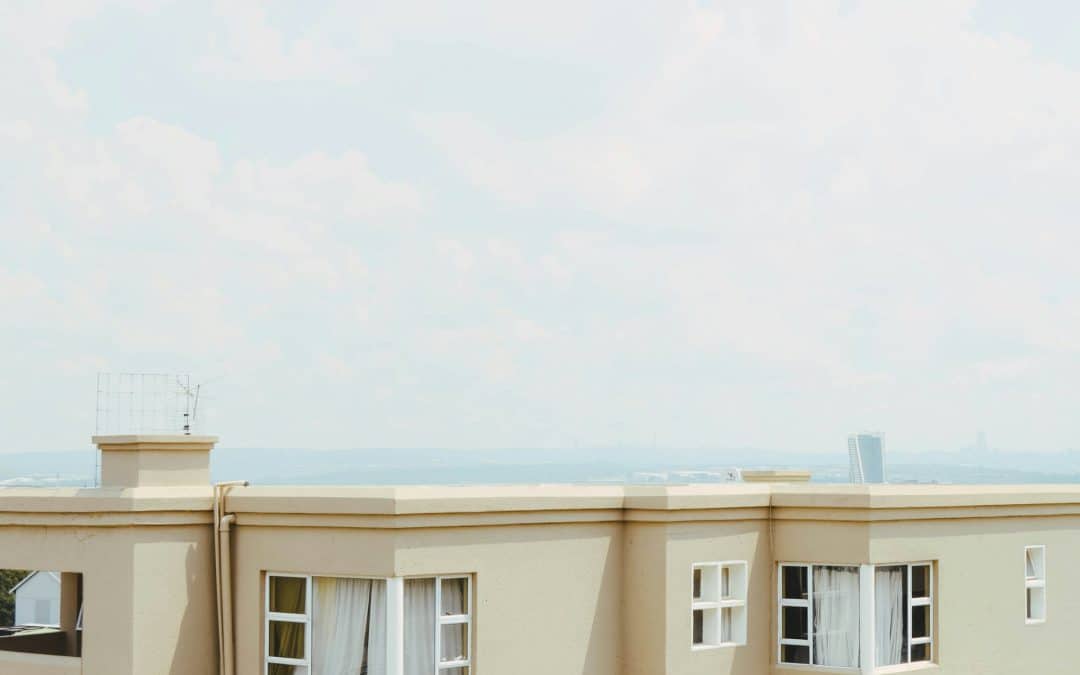Maintaining a commercial TPO (Thermoplastic Olefin) roof is crucial for protecting your building. Proper upkeep can extend the life of your roof and prevent costly repairs down the line. TPO roofing systems are popular because they are durable and energy-efficient, but like any roof, they need regular care.
TPO roofs are designed to withstand harsh weather and resist damage from UV rays, but they still require attention. Regular inspections and cleanings are essential to keep the roof in good condition. By catching problems early, you can address them before they become major issues.
Preventative maintenance is another important aspect of TPO roof care. Simple tasks like removing debris, checking for leaks, and keeping the drainage systems clear can make a big difference. These proactive steps help ensure the long-term health of the roof.
Sometimes, professional services are needed to maintain a TPO roof properly. Experts can spot issues that may not be visible to the untrained eye and provide specialized care. Taking these steps ensures your commercial building remains safe and secure, providing peace of mind.
Regular Inspection and Cleaning
Keeping your TPO roof in top shape starts with regular inspections and cleanings. These steps are vital to identify and address minor issues before they become major problems. Aim to inspect your TPO roof at least twice a year, ideally in the spring and fall. During these inspections, look for signs of wear and tear, such as cracks, holes, or punctures. Also, check for areas where the seams may be coming apart.
Cleaning is just as important as inspecting. Dirt, leaves, and other debris can accumulate on the surface of your TPO roof, leading to drainage problems and possible damage. Use a soft-bristled broom or leaf blower to remove loose debris. Be gentle to avoid damaging the roof membrane. For stubborn dirt or stains, a mild detergent and water should do the trick. Rinse thoroughly to ensure no soap residue remains.
Regular cleaning helps maintain the roof’s reflective qualities, which are crucial for its energy-saving properties. Keeping the roof clean reduces the risk of algae and mold growth, which can degrade the roofing material. By making inspection and cleaning a routine part of your maintenance plan, you can extend the life of your TPO roof.
Addressing Common Issues Promptly
Addressing any issues with your TPO roof as soon as they arise is key to preventing further damage. Water stains on the ceiling, puddles, or visible damage during an inspection should be taken seriously. Ignoring these signs can lead to more extensive damage and higher repair costs down the line.
One common issue with TPO roofs is punctures or tears in the membrane. These can occur from falling debris, foot traffic, or sharp objects. When you spot a puncture, patch it up immediately to prevent water infiltration. You can use a TPO patch kit for small repairs or call in a professional for larger issues.
Another problem is seam separation. Seams that have come apart can allow water to seep through, leading to leaks. Use a heat welder to reseal the seams or have a professional take care of it to ensure a watertight seal. Regularly inspecting the seams and addressing any separations can save you a lot of trouble.
Pooling water is another issue that can damage a TPO roof. Ensure the roof’s drainage system is working correctly. Clear any blockages in the drains and remove debris that may impede water flow. Properly addressing these common issues can prevent minor problems from becoming major headaches, keeping your TPO roof in great shape for years to come.
Preventative Maintenance Techniques
Taking proactive steps can vastly improve the lifespan and performance of your TPO roofing system. Preventative maintenance techniques are designed to catch potential problems before they become major issues. Start by scheduling regular inspections, but don’t stop there. Create a checklist of routine tasks to ensure every aspect of the roof is covered.
1. Keep Drains and Gutters Clean: Regularly check and clean the roof’s drainage system. Clearing out leaves, dirt, and other debris can prevent water from pooling and causing damage.
2. Monitor Roof Traffic: Limit the amount of foot traffic on the roof. If workers need access, use designated paths and protect the roof surface with walk pads.
3. Check for Punctures: Regularly inspect the roof for punctures and tears, especially after severe weather. Use protective measures when performing any work on the roof to avoid accidental damage.
4. Edge and Flashing Inspections: Regularly inspect the edges and flashings for signs of wear or loosening, as these areas are prone to leaks. Proper installation and regular checks can help maintain their integrity.
5. Sealing Any Gaps: Gaps around equipment or vents can lead to leaks. Ensure all areas are securely sealed and inspect them regularly to check their condition.
By implementing these preventative maintenance techniques, you can greatly reduce the need for costly repairs and extend the longevity of your TPO roofing system.
Professional Services for Long-Term Health
Engaging professional services is crucial for the long-term health of your TPO roofing system. While regular maintenance and inspections can handle many issues, professional roofers bring expertise and specialized equipment to ensure thorough care. Professional services include detailed inspections, advanced repair techniques, and routine maintenance plans tailored to your specific roof.
1. Detailed Inspections: Professional roofers can identify potential problems that might be missed during regular inspections. They use specialized tools and have the experience to detect subtle issues.
2. Advanced Repairs: Whether it’s fixing leaks, resealing seams, or addressing punctures, professional roofers have the skills and materials needed for effective repairs. They can ensure these repairs are done correctly, preventing future issues.
3. Routine Maintenance Plans: Many roofing companies offer customized maintenance plans. These plans include scheduled inspections, cleanings, and minor repairs, helping to keep your roof in optimal condition year-round.
4. Emergency Repairs: In the case of severe weather or unexpected damage, having a trusted roofing professional to call can prevent further damage and costly repairs.
Professional services not only address current issues but also help prevent future ones, ensuring the longevity and durability of your TPO roofing system.
Conclusion
Maintaining a commercial TPO roofing system is essential for ensuring its durability and effectiveness. Regular inspections and cleanings help to catch problems early, while addressing common issues promptly prevents minor damages from escalating. Implementing preventative maintenance techniques keeps the roofing system in optimal condition, reducing the likelihood of major repairs. Finally, engaging professional services provides an extra layer of care and expertise that ensures the long-term health of your roof.
A well-maintained TPO roof protects your commercial property, saves money, and extends the lifespan of your roofing system. Investing in these maintenance strategies is a prudent choice for any business owner.
For advanced and reliable roofing services, contact Mike Huddleston Roofing Systems. Our experienced roofing contractors in Georgetown, TX, are ready to help you maintain your commercial TPO roofing system. Reach out today to ensure your roof remains in top condition.

